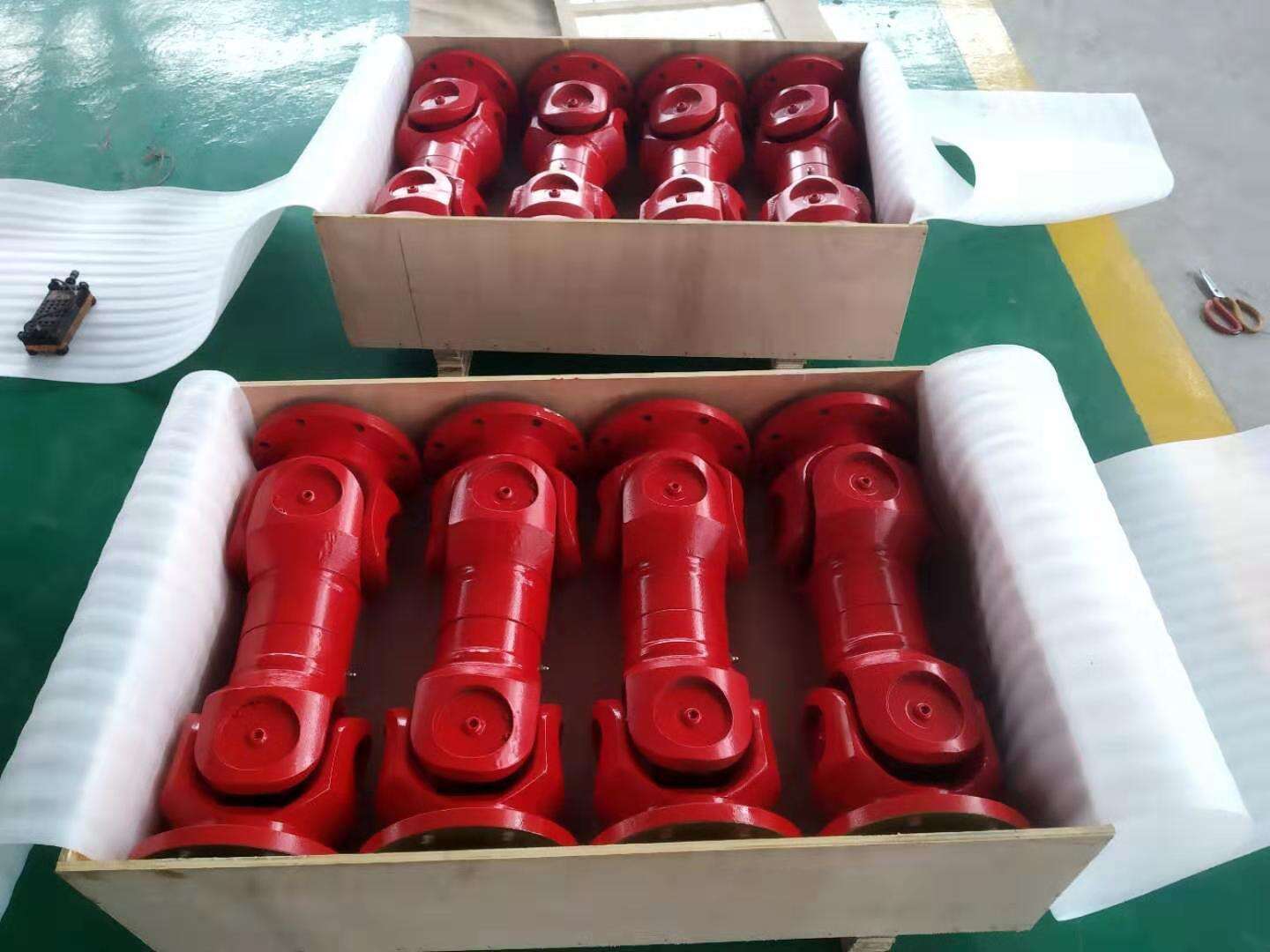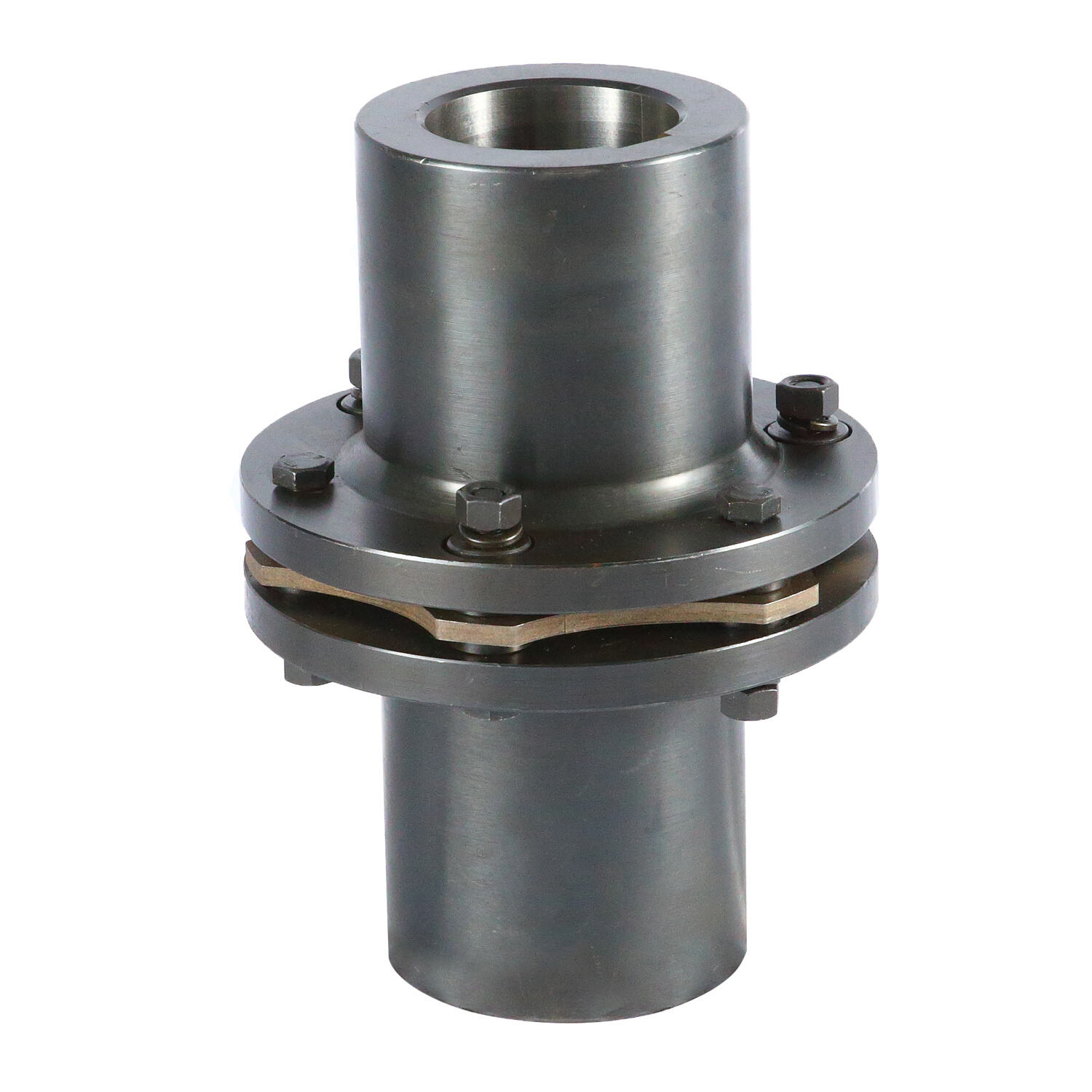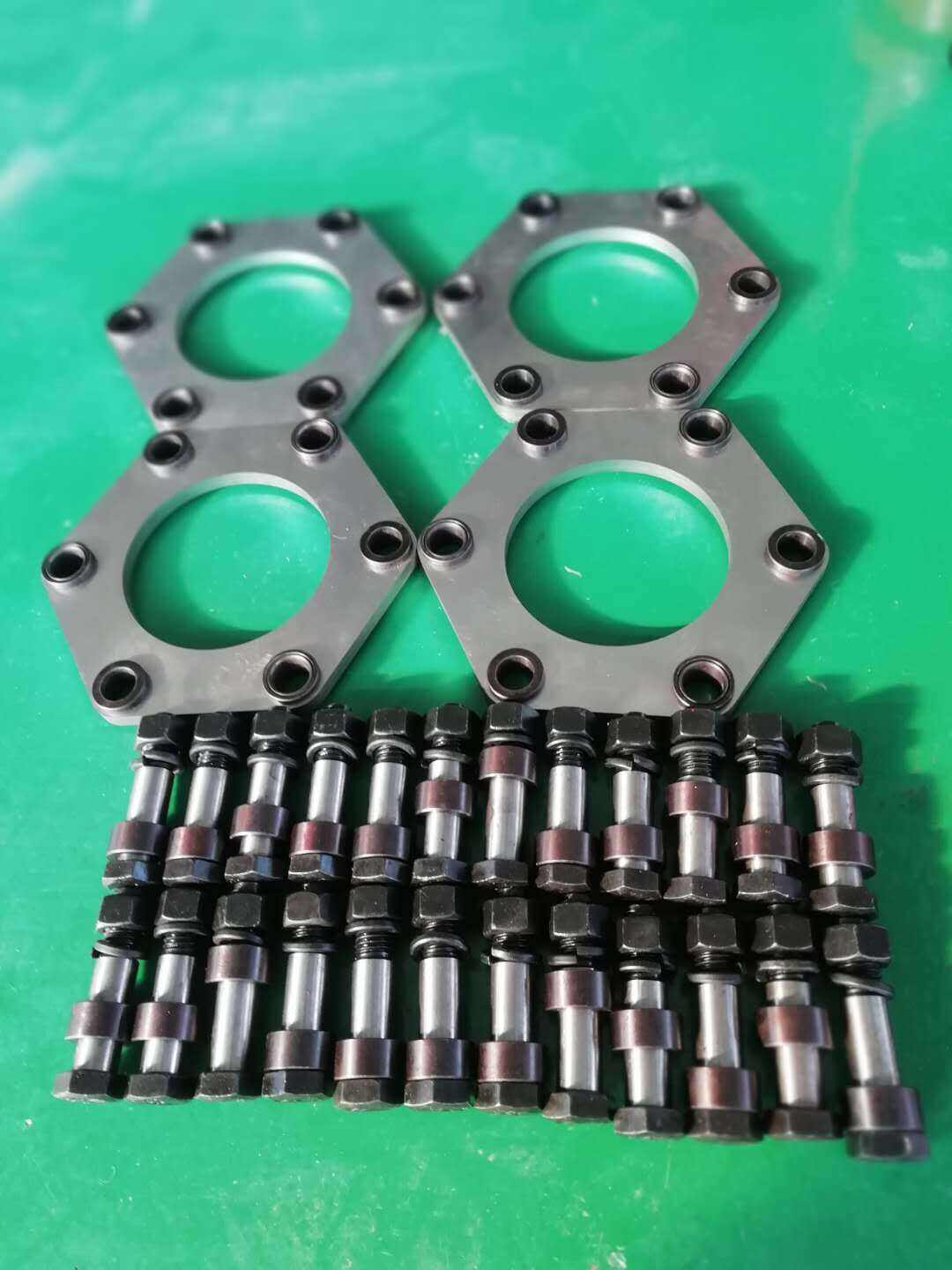spring coupling
A spring coupling is a mechanical device designed to connect and transmit torque between two shafts while providing flexibility and absorbing misalignment. This versatile component consists of a flexible spring element, typically made from high-grade steel, that wraps around specially designed hubs attached to the connecting shafts. The spring element allows for axial, angular, and parallel misalignment while maintaining efficient power transmission. The design enables the coupling to accommodate shaft movements and vibrations without compromising operational integrity. Spring couplings are engineered to handle various torque requirements and speeds, making them suitable for diverse industrial applications. The coupling's construction allows for easy installation and maintenance, reducing downtime in industrial operations. These couplings excel in applications where shock absorption and vibration dampening are crucial, such as in pumps, compressors, and general industrial machinery. The spring element's elastic properties provide natural dampening characteristics, protecting connected equipment from harmful shock loads and vibrations. Modern spring couplings incorporate advanced materials and design features that enhance their durability and performance in demanding industrial environments.


